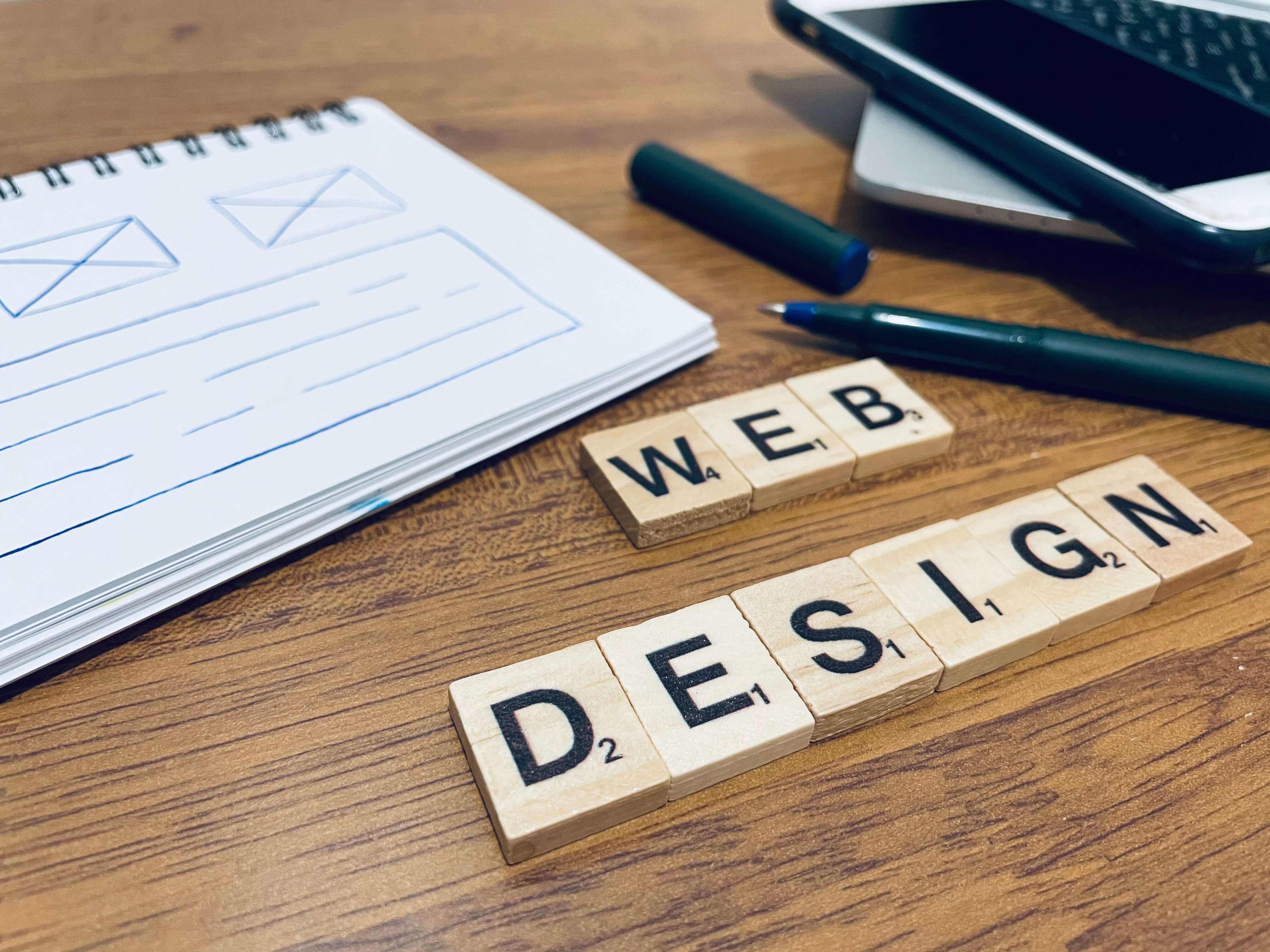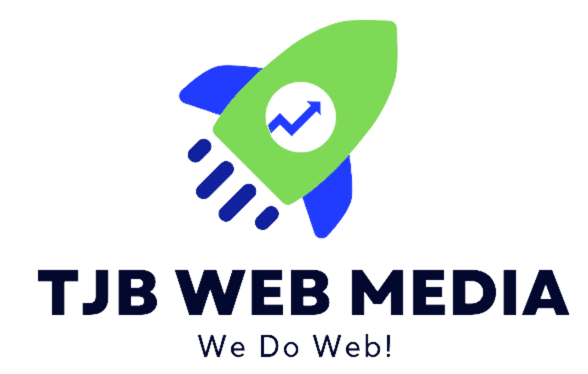AI technology has revolutionized many industries, and web design is no exception. In an era where digital presence is paramount, AI in web design offers both efficiency and innovation. This article explores the various ways AI can be implemented in web design, its benefits, potential challenges, and future implications.
AI in Web Design
Automation in Design
One of the most significant advantages of AI in web design is automation. AI algorithms can automate repetitive tasks such as coding, template design, and basic layout arrangements. This automation not only speeds up the design process but also reduces human error. Tools like Adobe Sensei use AI to understand design principles and assist designers in creating aesthetically pleasing layouts quickly.
Personalized User Experiences
AI can analyze user data to create personalized web experiences. By understanding user behavior, preferences, and interaction patterns, AI can tailor website layouts, content, and navigation to suit individual users. Personalization not only enhances user experience but also increases engagement and conversion rates. Websites like Netflix and Amazon use AI to personalize content recommendations, a concept that can be adapted to various web design elements.
 Accessibility and Inclusivity
Accessibility and Inclusivity
AI can play a crucial role in making websites more accessible and inclusive. By using natural language processing (NLP) and image recognition technologies, AI can help create websites that are accessible to users with disabilities. For example, AI can automatically generate alt text for images, making content accessible to visually impaired users. Similarly, AI-driven voice navigation can assist users with mobility challenges.
Advanced Analytics for Optimized Design
AI-powered analytics tools can provide deeper insights into how users interact with a website. These insights can be used to optimize design elements for better performance. For instance, AI can track which parts of a website are most engaging or where users often drop off, allowing designers to make data-driven improvements.
Real-time User Feedback and Adaptation
AI can facilitate real-time feedback and adaptation in web design. Chatbots and AI-driven support tools can gather user feedback, which can be immediately used to make adjustments to the website. This dynamic approach to design ensures that websites remain relevant and user-friendly over time.
Creative Design Enhancement
AI does not replace human creativity but enhances it. With tools like neural networks and generative design algorithms, designers can explore a wider range of design options and experiment with innovative layouts and elements. This can lead to more creative and unique web designs that stand out in a crowded digital space.
Challenges and Ethical Considerations
While AI offers numerous benefits in web design, it also presents challenges. One major concern is the potential loss of jobs as AI automates tasks traditionally performed by human designers. Moreover, there are ethical considerations related to user privacy and data security, especially when personalizing user experiences.
AI algorithms are also only as good as the data they are trained on. Biased data can lead to biased designs, inadvertently excluding certain user groups. Therefore, it is crucial to ensure that AI systems are trained on diverse and inclusive data sets.
Future Implications
The future of AI in web design is promising. We can expect more sophisticated AI tools that offer even greater levels of automation, personalization, and creative enhancement. AI is likely to become an integral part of the web design process, blurring the lines between human and machine creativity.
As AI technology continues to evolve, we can anticipate new web design trends influenced by AI capabilities. This could include more interactive and immersive web experiences, dynamic content adaptation based on real-time data, and even AI-driven branding and marketing strategies integrated into web design.
In conclusion, AI in web design represents a paradigm shift, offering both challenges and opportunities. Its ability to automate tasks, personalize user experiences, enhance accessibility, provide valuable analytics, and augment creativity makes it an invaluable tool for web designers. As the technology advances, it will be interesting to see how AI continues to shape the digital landscape. The key will be to leverage AI responsibly and ethically, ensuring that it complements human skill and creativity rather than replacing it. In doing so, the potential of AI in web design can be fully realized, leading to more efficient, engaging, and inclusive digital experiences.

